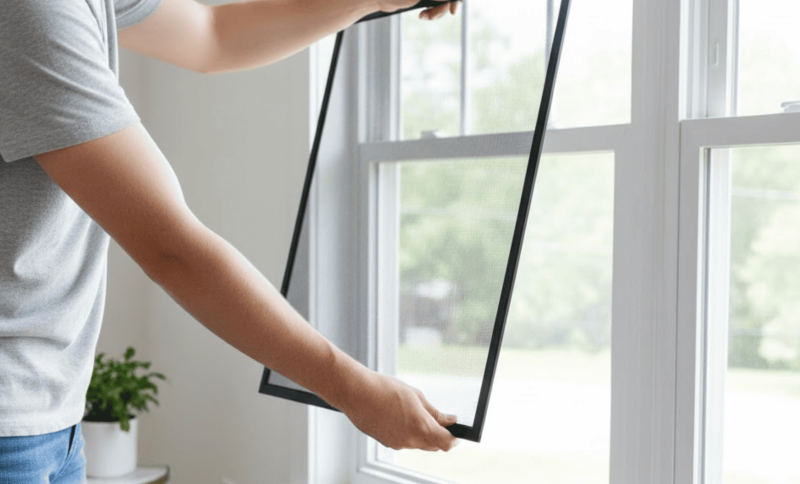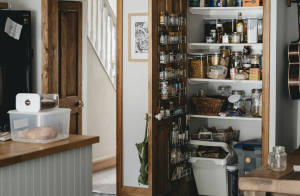Learning how to remove a window screen is easier than you think. If you need to clean your windows, replace a torn screen, or store them for winter, this simple task takes just a few minutes.
Most window screens pop out with minimal effort, requiring no special tools or skills. You’ll find the steps to safely remove your window screen without causing damage.
Once you learn the technique, you can use it on most standard windows. Just follow these simple steps, and you’ll have your screens off in no time. Then, you’re ready to take on your next home project with confidence.
Know Your Window & Screen Type First
Before you start tugging on your window screen, take a moment to figure out what kind of window you have.
Common types include double-hung windows (both parts slide up and down), single-hung (only the bottom moves), sliders (side to side), casement (cranks open like a door), and awning windows (tilt out from the bottom).
Each type uses different methods to hold screens in place. You might find pull tabs, spring-loaded clips, friction-fit frames, or hinged systems.
Knowing your window type matters because using the wrong removal technique can damage the screen or window frame. A quick inspection will save you from accidentally breaking something expensive.
Materials You Might Need
Before you start removing your window screen, gathering a few basic materials can make the process smoother and help protect both your hands and the screen itself.
| MATERIAL | PURPOSE |
|---|---|
| Flathead screwdriver | For prying tight screens or releasing clips (optional) |
| Gloves | To improve grip and protect hands (optional) |
| Clean towel or mat | To place the removed screen safely |
With these simple materials ready, you’re all set to safely remove your window screen without causing any damage. Now, let’s move on to the removal steps.
How to Remove a Screen from Window
Removing a window screen is easier than you think once you know the right steps. The key is working with your screen’s design, not against it. Follow these steps to take out your screen safely without causing any damage.
Step 1: Locate the Spring Mechanism, Clips, or Flex Points
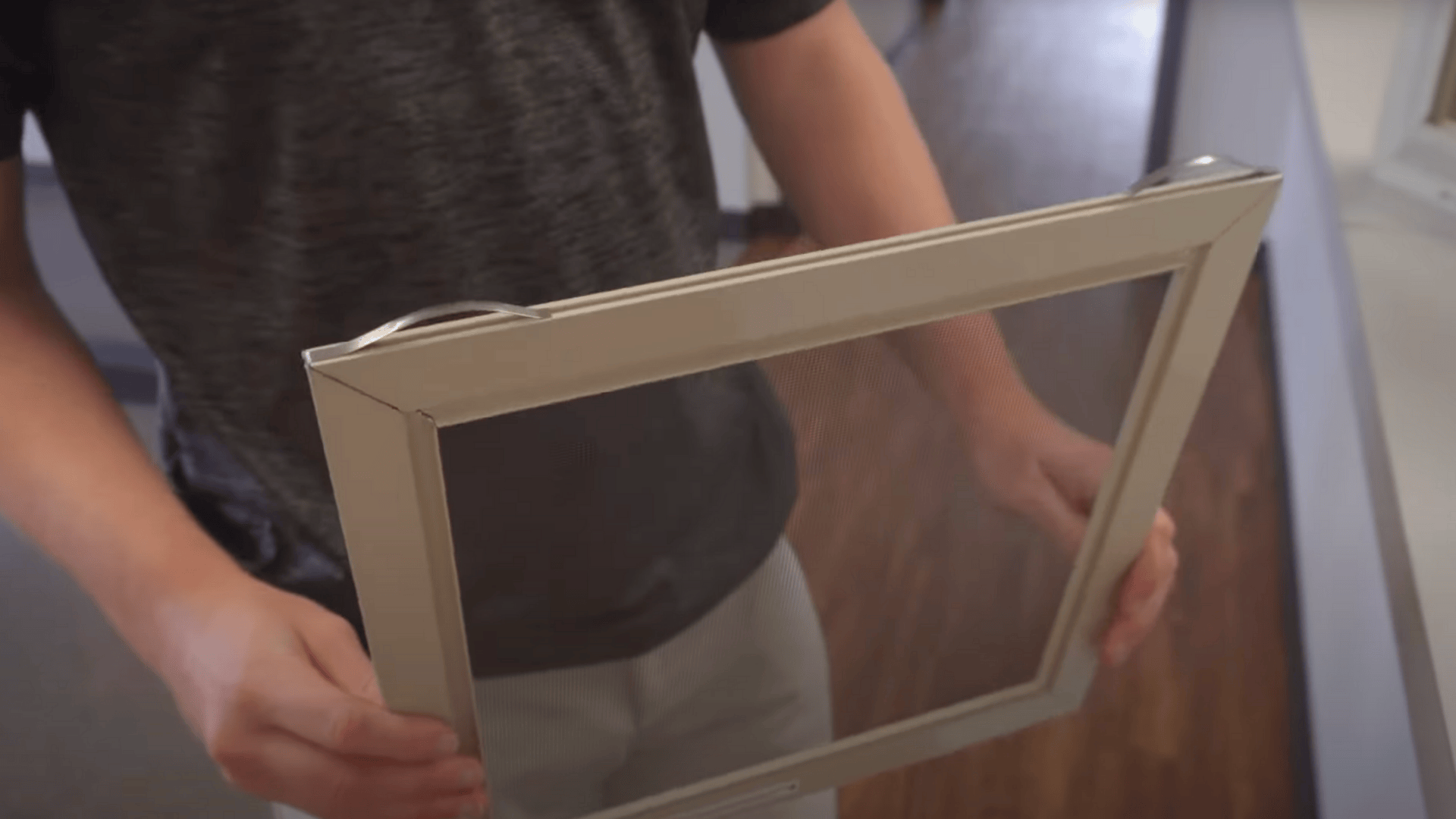
Start by running your fingers along the edges of your screen frame. Look for small tabs, metal clips, or areas where the frame feels springy. Most screens use spring-loaded pins at the top or bottom corners, while casement windows often have clips on the sides.
Modern flex screens rely on the frame’s flexibility. Finding these attachment points first shows you exactly where to push or pull when it’s time to remove the screen.
Step 2: Disengage the Screen
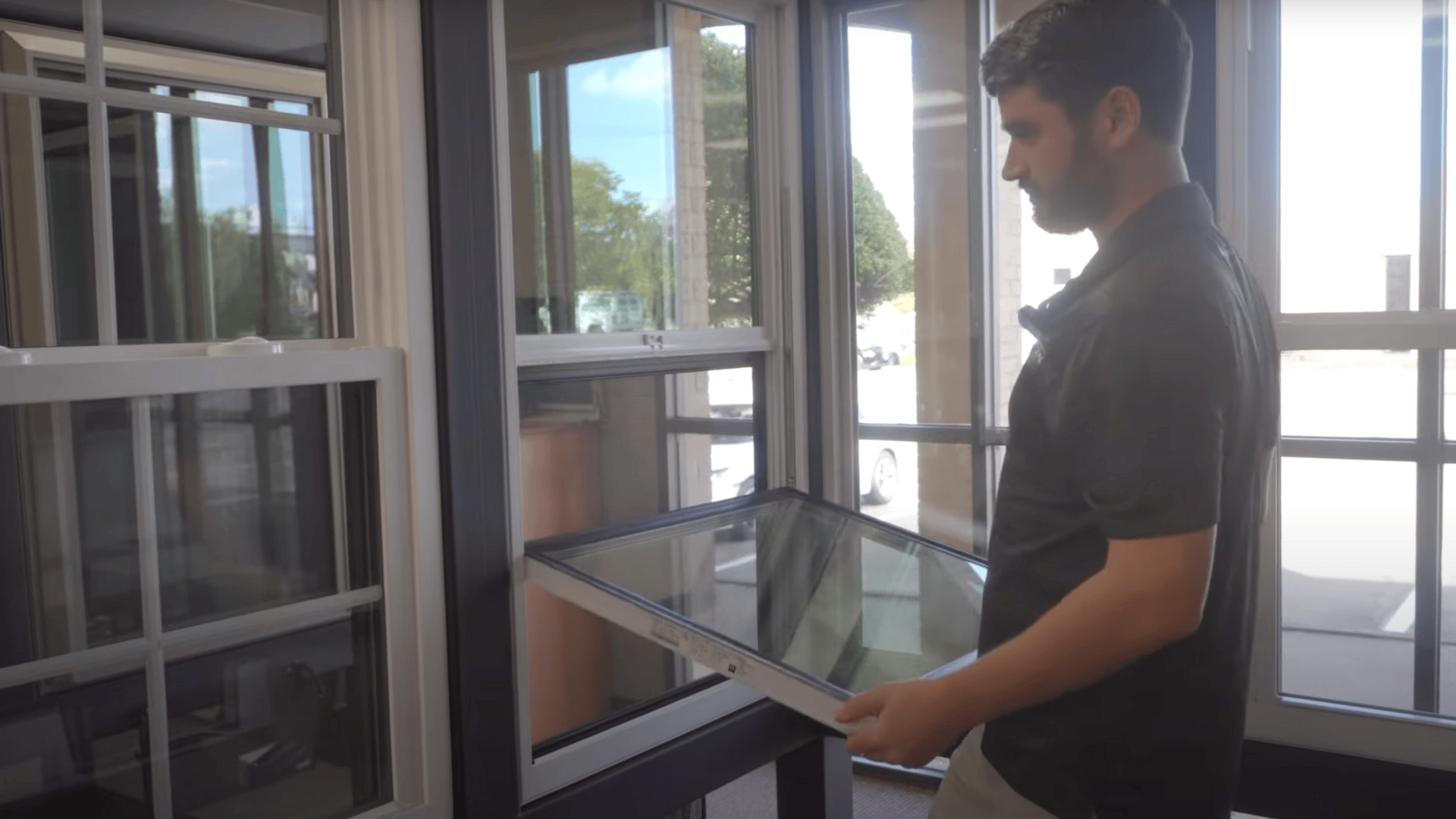
Now it’s time to remove the screen, depending on the type you have. Each window style has its own method, so use the one that matches yours:
- Slider Window (Half Screen): Lift the bottom edge up, pull out one side, then slide out the other.
- Single-Hung Window: Raise or tilt the lower sash, push down on the spring notches, and pull the screen toward you.
- Flex Screens (Single/Double Hung): Open sash, push gently to flex the screen, grab the edge, and pull out.
- Casement Window (like Andersen 100 Series): Open both side clips and pull the screen straight out.
Step 3: Reinstall the Screen (Reverse the Steps)
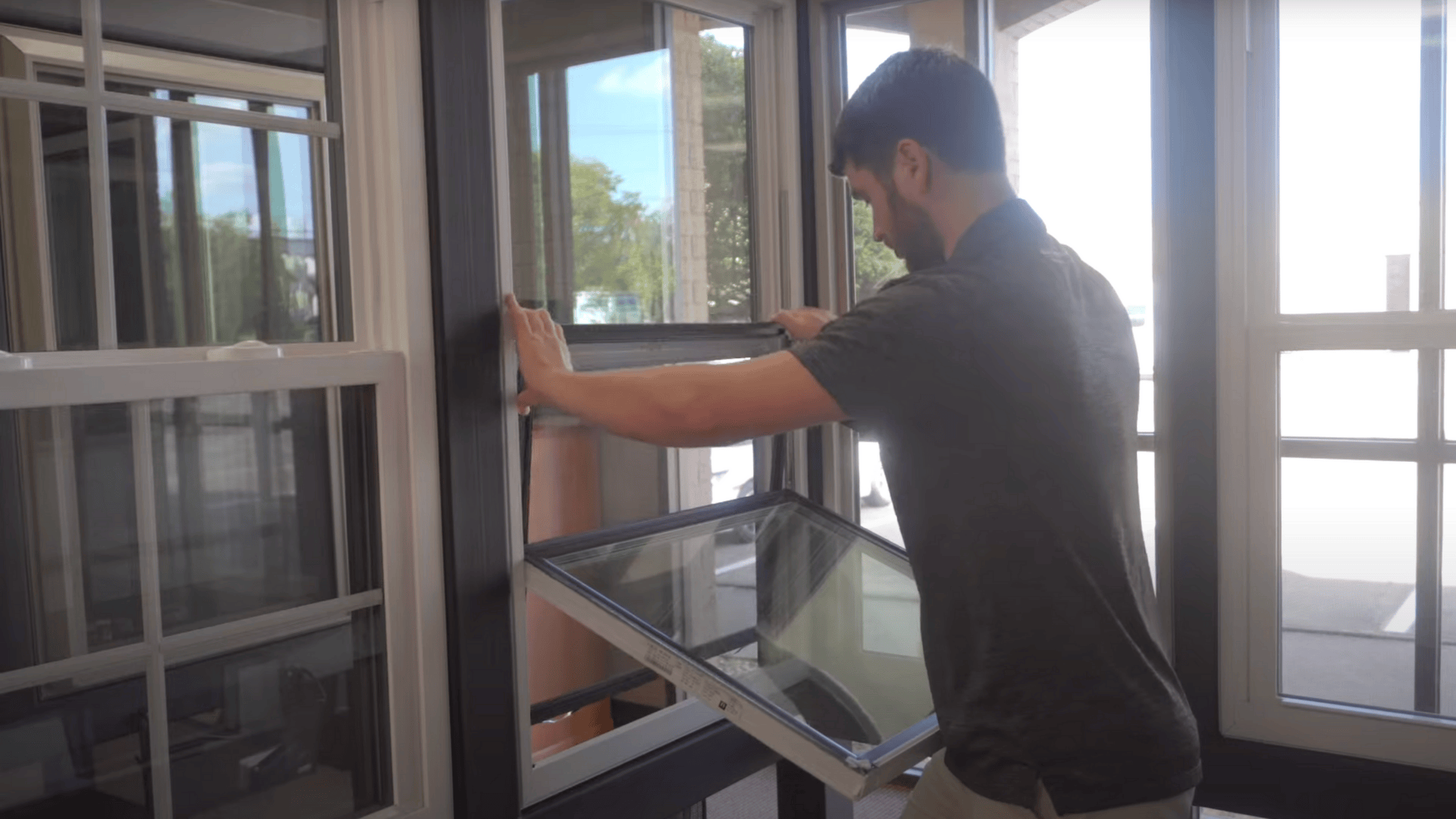
Putting the screen back after cleaning is just the opposite of taking it out. For spring-loaded screens, insert the spring side first, then press and slide the other edge into the frame. Flex screens need a slight bend to snap both sides into place.
Casement screens slide straight in before you close the clips. Double-check that your screen sits flush and secure in the frame with no gaps or loose spots that could let bugs in or cause rattling.
Video Tutorial
For more information, check out this video tutorial by Brennan Enterprises | Windows & Doors
How to Remove a Window Screen Without Tabs
No tabs? No panic – there’s a workaround. Sometimes pull tabs break off, or your screen never had them in the first place. You can still remove your screen safely without damaging it. You just need a simple tool and a gentle touch.
Method A: Use Gentle Prying Tools
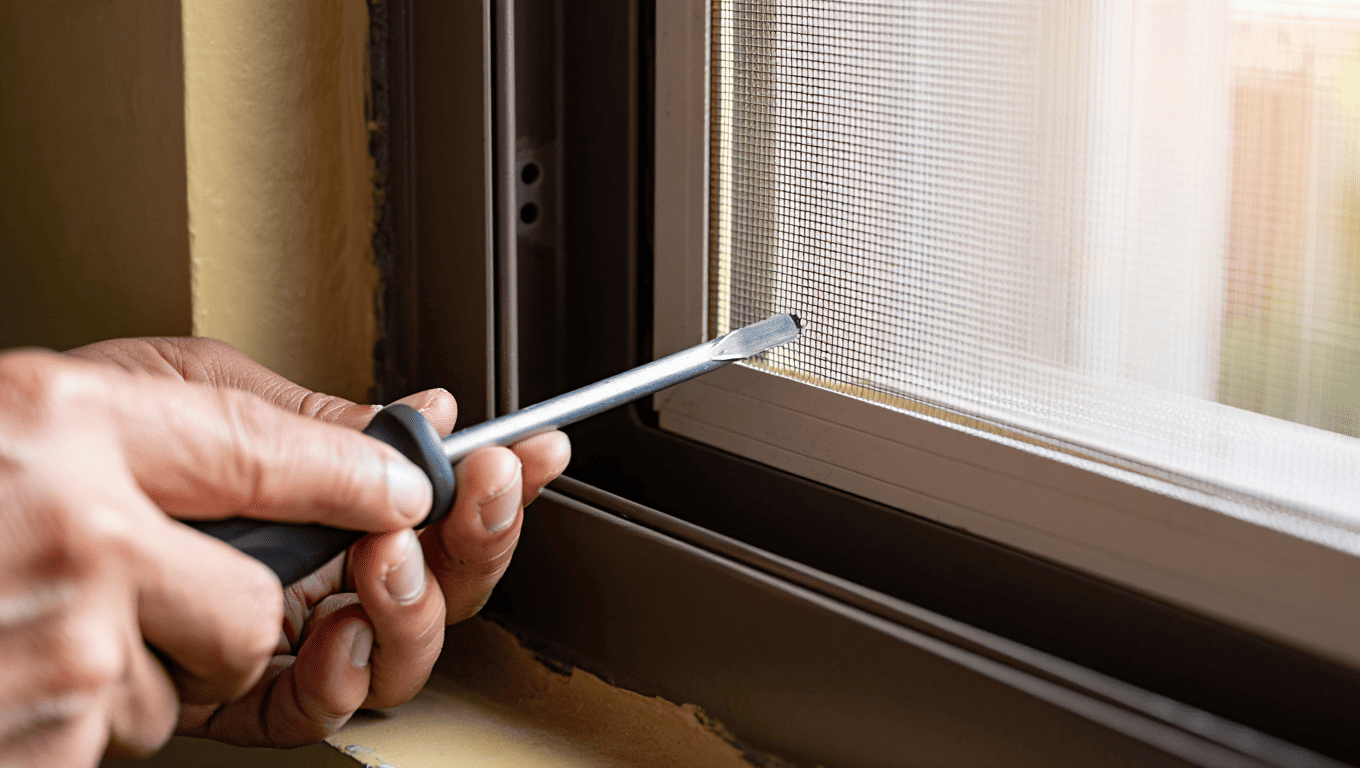
Grab a flathead screwdriver or putty knife and slide it carefully under the lower edge of your screen frame. Gently pry the frame outward, working in small movements rather than one big pull.
Move along the edge bit by bit to loosen it evenly. Go slowly and stay patient – rushing can cause the frame to bend or damage the window track. This method works best when you apply steady, gentle pressure instead of force.
Method B: Use an Alternate Grip or a Hook Tool
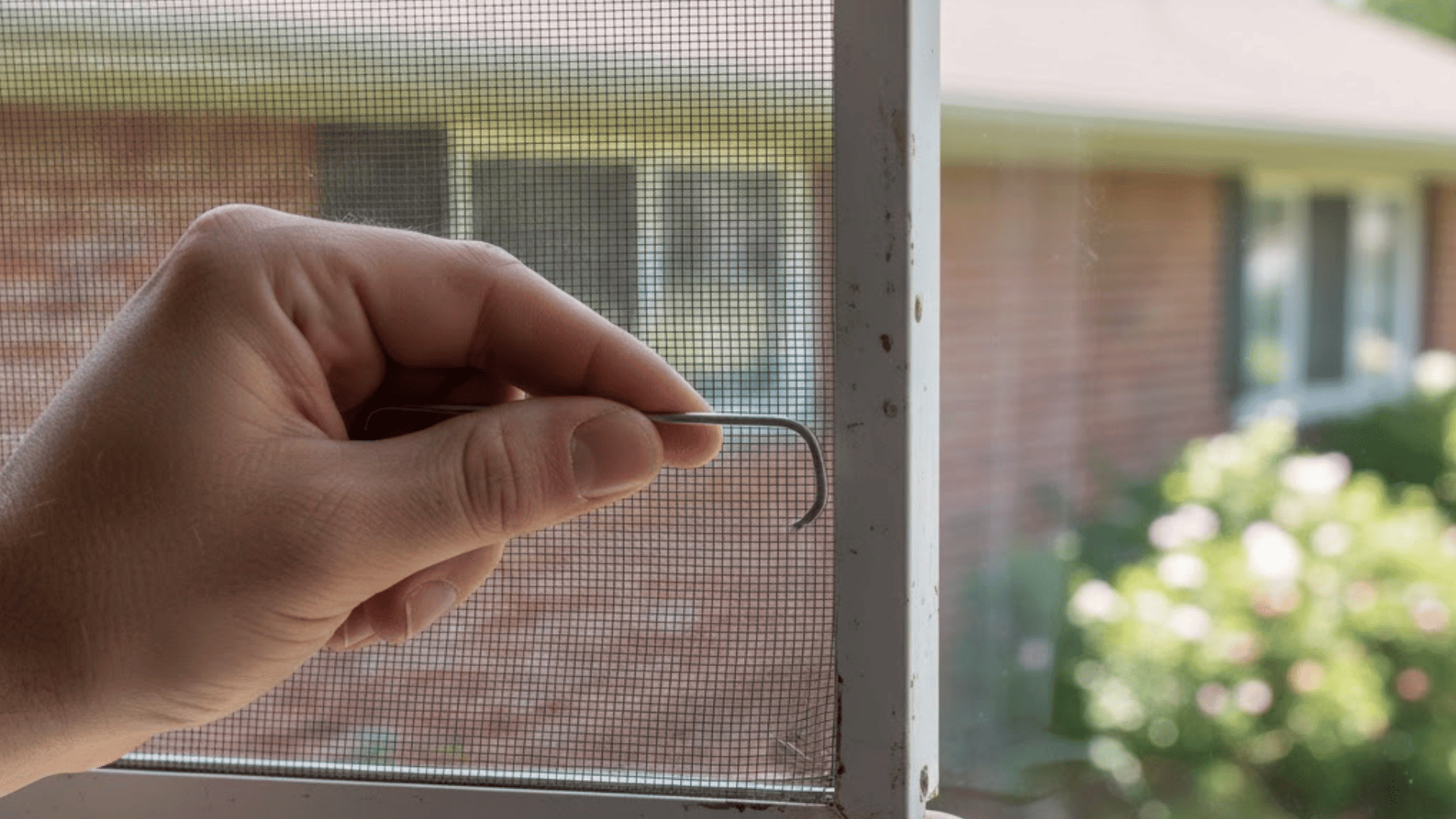
Look for a hidden ridge or lip along the screen’s edge where you can hook something. A paint can opener, a small bent wire, or even a sturdy paper clip can serve the purpose. Catch the edge with your tool and pull outward gently.
This gives you the grip you need without tabs. Once you get one corner started, the rest usually comes out easier. Just remember to work slowly and avoid yanking or forcing the screen.
Tips for Stubborn or Damaged Window Screens
Sometimes window screens can get stuck or feel hard to remove. This can happen because the frame is bent, the corners are tight, or there is paint or rust holding it in place. Here are some easy tips to help you:
- Check all sides for clips or springs you might have missed.
- Push on the side opposite the stuck part to help loosen it.
- Gently wiggle the screen back and forth to free it up.
- Apply a small amount of lubricant to the frame track if it feels rusty or tight.
- If a tab broke off, try sliding a thin shim under the edge and prying gently.
Following these tips will help you avoid damaging the screen mesh or bending the frame. Take your time, be patient, and you’ll have your screen removed safely and easily.
Summing It Up
Now you know how to remove a window screen with confidence! This simple skill helps you keep your home clean and well-maintained throughout the year.
When washing windows, fixing screens, or preparing for seasonal changes, you can handle this task yourself without any trouble. Remember to work carefully and store your screens safely when they’re not in use.
Regular screen maintenance extends their lifespan and keeps your home looking its best. Do you have questions or tips about removing window screens?
Drop a comment below and share your thoughts with other people as well!








